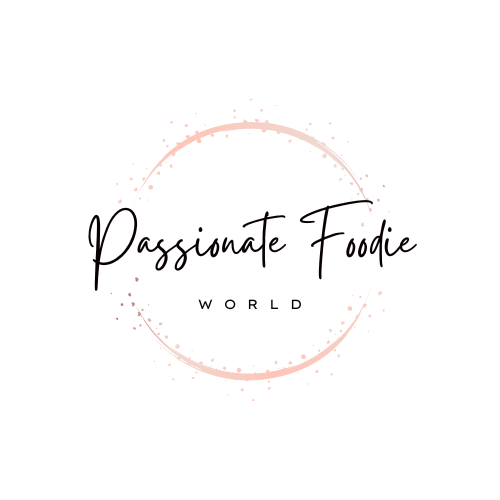Food prices going up is a topic that has been garnering increasing attention in recent times. The rising cost of food has significant implications for individuals, families, and communities around the world. In this blog post, we will explore the factors contributing to the increase in food prices, the impacts on various stakeholders, and potential solutions to address this issue.
The surge in food prices can be attributed to a variety of factors, including supply chain disruptions, extreme weather events, inflation, and increased demand. The COVID-19 pandemic has also played a role in exacerbating food price inflation, with disruptions in production, distribution, and trade leading to shortages and price hikes.
The impact of rising food prices is felt most acutely by vulnerable populations, including low-income families, children, and the elderly. Food insecurity, malnutrition, and hunger are heightened when food prices become unaffordable for many households. This can have long-term consequences for health, well-being, and economic stability.
To address the challenge of escalating food prices, a multi-faceted approach is needed. This may include investing in sustainable agriculture practices, supporting small-scale farmers, improving food distribution systems, and implementing policies to ensure food affordability for all. Collaboration among governments, businesses, non-profit organizations, and individuals is essential to create a more resilient and equitable food system.
In conclusion, the issue of food prices going up is a complex and pressing concern that requires immediate attention and collective action. By understanding the root causes of food price inflation and working towards sustainable solutions, we can build a more inclusive and food-secure future for all.
